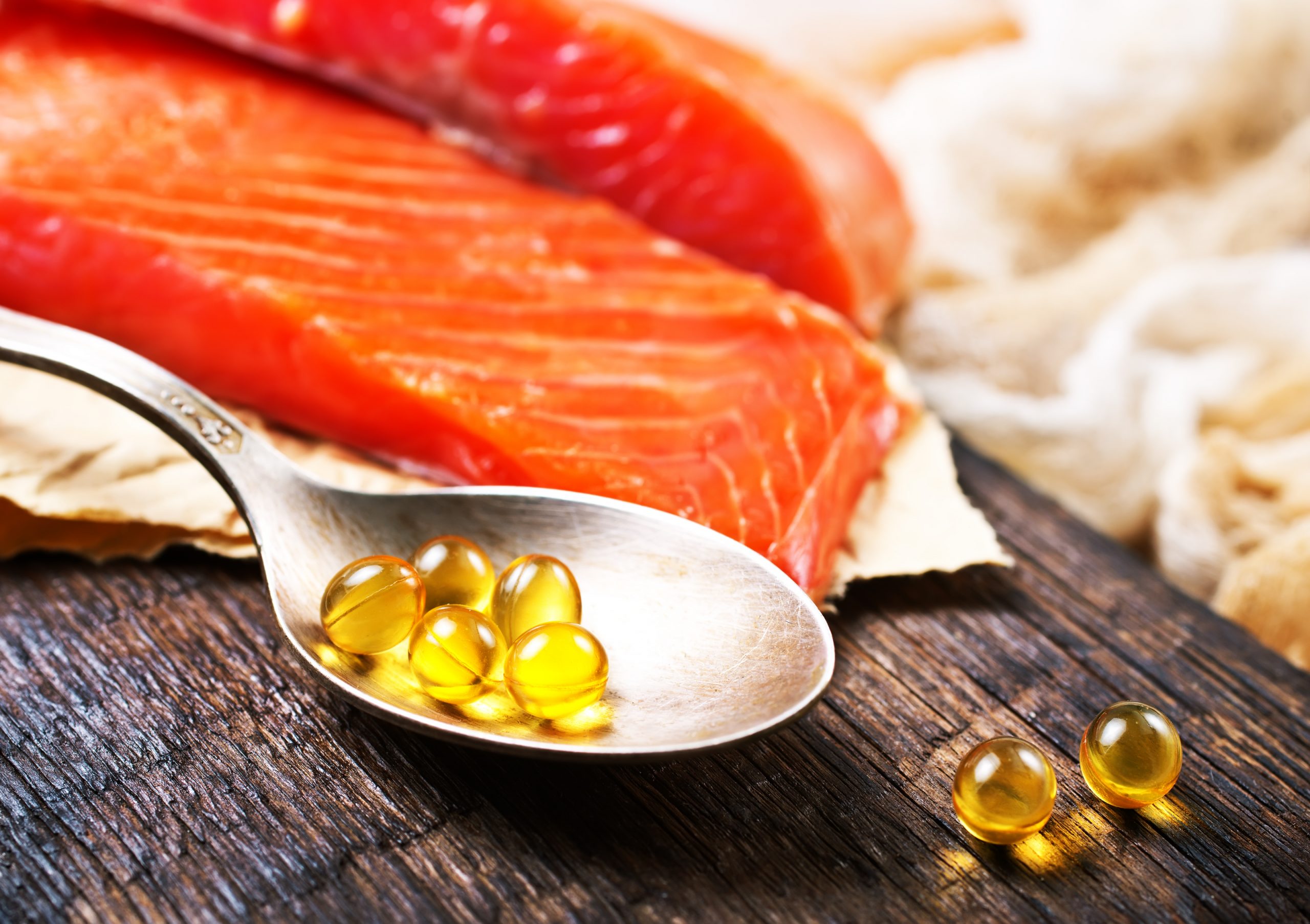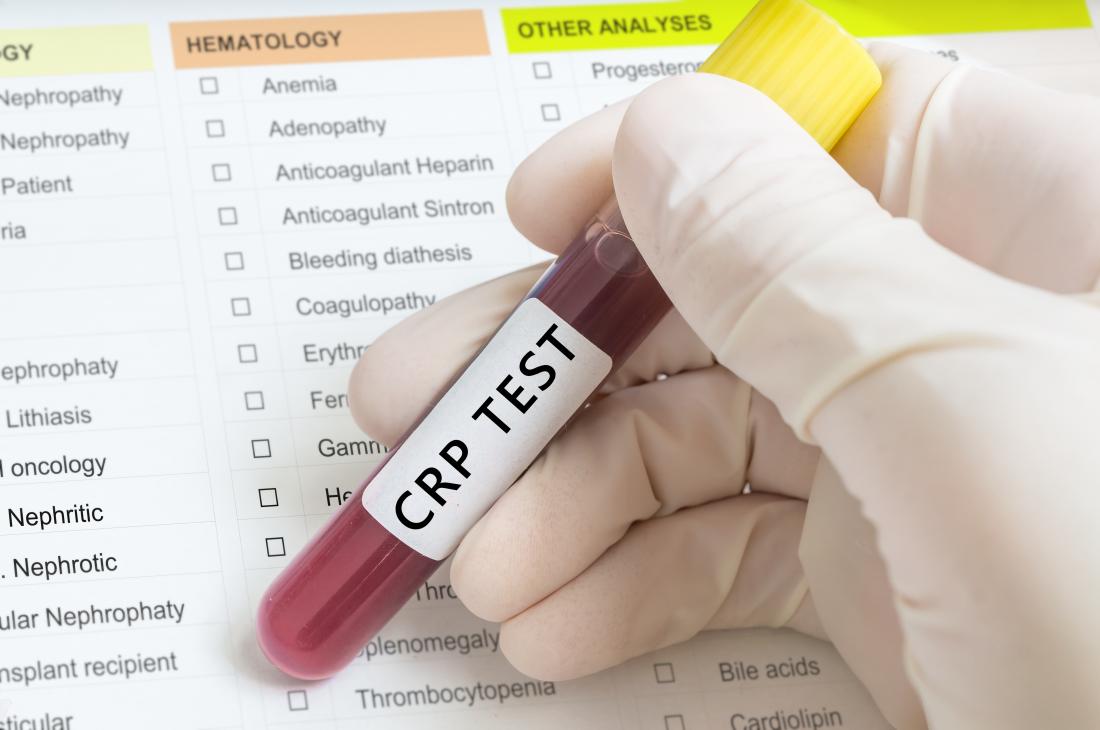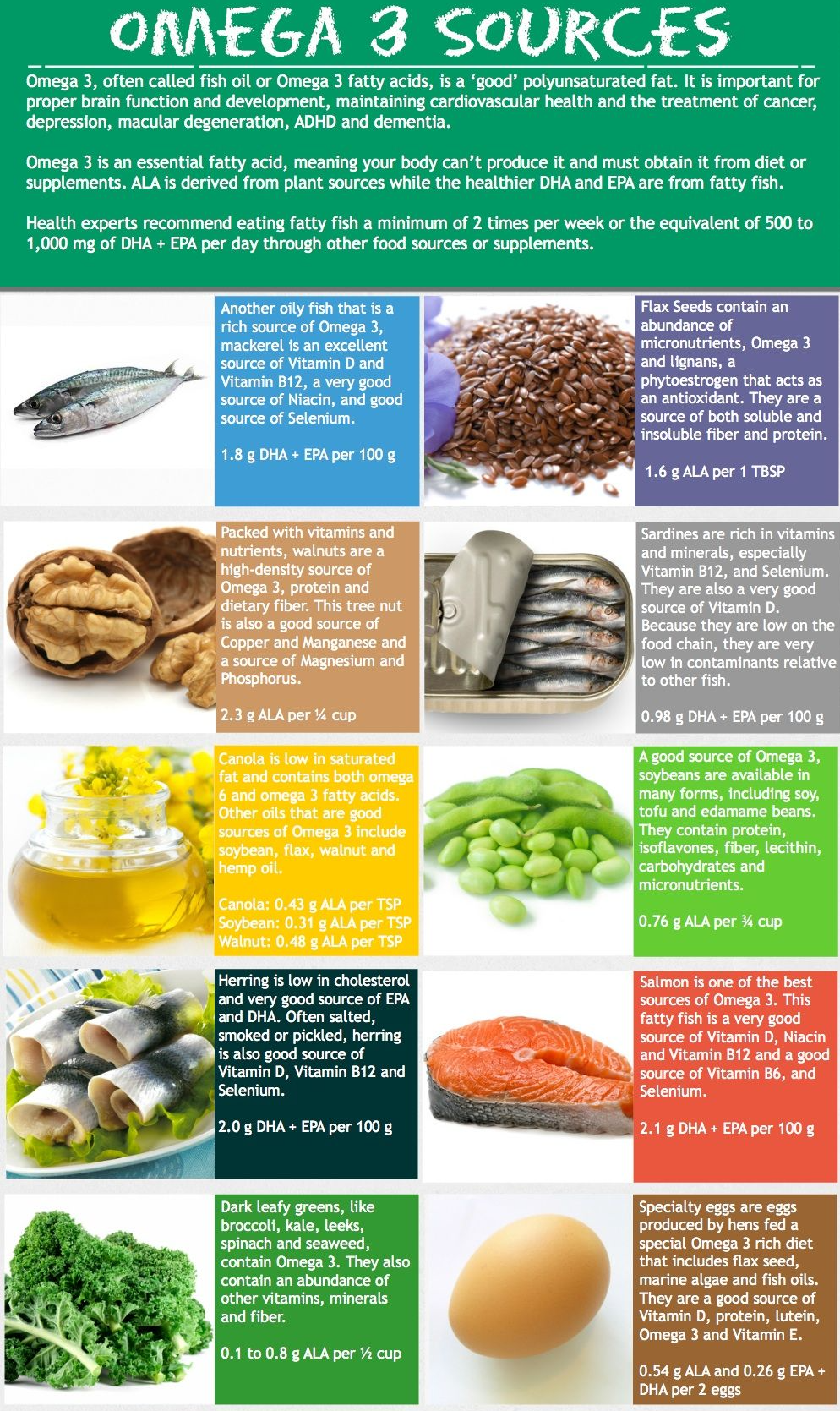Inflammation is a natural immune response to neutralize and clear foreign bodies and damaged cells in the body (Ilich, Kelly, Kim, & Spicer, 2014). However, prolonged states of inflammation, as seen by the frequent overconsumption of foods (i.e., refined sugars, processed foods, grain fed meats) rich in omega-6 polyunsaturated fatty acids (a pro-inflammatory fatty acid) and low in omega-3 fatty acids (an anti-inflammatory fatty acid), can have systemic and deleterious effects on human health and performance (i.e., metabolic syndrome) (Ilich et al., 2014). However, other factors are also capable of exacerbating inflammation markers, such as intense exercise. In the following sections, omega-3 supplementation will be explored as a possible means of improving performance by mitigating inflammation, oxidative stress, and muscle damage associated with acute and intense exercise (Atashak, Sharafi, Azarbayjani, Stannard, Goli, & Haghighi, 2013).
Atashak et al. (2013) suggested that heavy resistance exercise leads to increased circulating inflammatory and cellular damage markers. The authors also submitted that exercise-induced oxidative stress and inflammatory responses could be attenuated by omega-3 fatty acid supplementation by inhibiting lipid peroxidation (Atashak et al., 2013). Lipid peroxidation is a process whereby free radicals oxidize fatty acids in the body into lipid peroxides, molecules which are toxic and capable of damaging other cells and tissues throughout the body (Halliwell & Chirico, 1993). Thus, it would seem reasonable to implement a supplementary protocol to circumvent the deleterious effects of lipid peroxidation, and inflammation in general. The following will briefly outline the methodology of Atashak et al. (2013).
As a means of exploring inflammation, oxidative stress, muscle damage, and the purported beneficial effects of omega-3 supplementation, Atashak et al. (2013) performed a randomized double blind control study using twenty colligate level handball players. Ten players were assigned to the control group, and ten players were assigned to the omega-3 intervention group. The intervention group consumed 1000 mg of omega-3, three times a day, while the control group ingested a placebo of equal size and shape, three times a day. Both groups participated in the intervention for seven days. Prior to the intervention, the control and intervention groups underwent a fasted blood sample and anthropometric measurements to gather baselines (Atashak et al., 2013). Additionally, all tests were performed immediately prior to, and after, the sub-maximal strength testing. Sub-maximal testing was completed by three lower body exercises; leg curl, leg extension, and leg press. Four sets of ten repetitions on each exercise were completed at 120% of each participant’s predicted one repetition maximum (Atashak et al., 2013). The following will explore the blood profile results from the placebo and intervention groups, as a means of evaluating the efficacy of omega-3 supplementation.
Of particular interest were the blood test results of C-reactive protein (CRP), plasma malondialdehyde (MDA), ferric reducing ability of plasma (FRAP), and creatine kinase (CK). CRP is a measure of inflammation throughout the body. When comparing the placebo group to the intervention group, the placebo group experienced considerably higher levels of CRP 24 hours after exercise, where the omega-3 group did not (Atashak et al., 2013). MDA is a method of measuring oxidative stress, while FRAP measures the antioxidant capacity of plasma (Atashak et al., 2013). Both MDA and FRAP markers were higher in the placebo group than the intervention group. Finally CK, a marker of muscle damage, was higher in the placebo group, compared to the intervention group (Atashak et al., 2013).
The research of Atashak et al. (2013) helped demonstrate that high intensity exercise places stress on the body. Such markers (CRP, FRAP, MDA, CK) of oxidative stress, inflammation, and muscle damage slows the ability of musculoskeletal system to regenerate and recuperate. The evidence by Ilich et al. (2014) and Atashak et al. (2013) both demonstrated how chronic low-grade inflammation, and acute inflammation, respectively, negatively affected physiological processes in the body. However, evidence suggests that omega-3 supplementation can attenuate these deleterious processes. More importantly, omega-3 is a relatively cheap and abundant fatty acid that can be found in fatty fish, flax seed, olive oil, as well as supplements, providing ease of use and accessibility. In conclusion, it is evident that healthy fats, such as omega-3 fatty acids, are required for everyday health and longevity as well as for periods of physical stress, demonstrating their central and multifaceted role in the human diet.
References
Atashak, S., Sharafi, H., Azarbayjani, M.A., Stannard, S., R., Goli, M.A., & Haghighi, M.M. (2013). Effect of omega-3 supplementation on the blood levels of oxidative stress, muscle damage, and inflammation markers after acute resistance exercise in young athletes. Kinesiology, 45(1), 22-29.
Halliwell, B., & Chirico, S. (1993). Lipid peroxidation: Its mechanism, measurement, and significance. American Journal of Clinical Nutrition, 57, 715-725.
Ilich, J.Z., Kelly, O.J., Kim, Y., & Spicer, M.T. (2014). Low-grade chronic inflammation perpetuated by modern diet as a promoter of obesity and osteoporosis. Archives of Industrial Hygiene and Toxicology, 65(2), 139-148.
-Michael McIsaac





